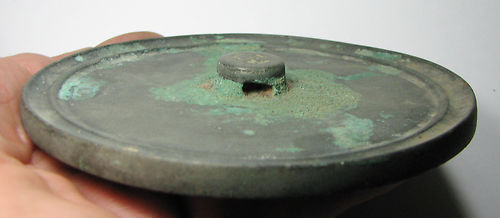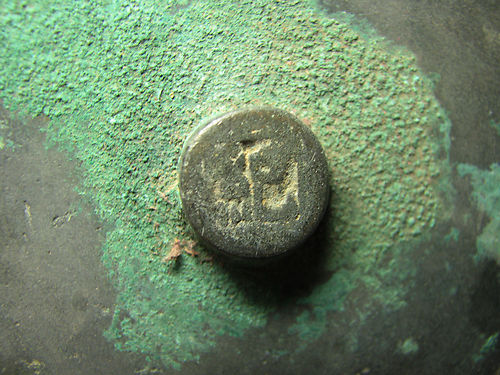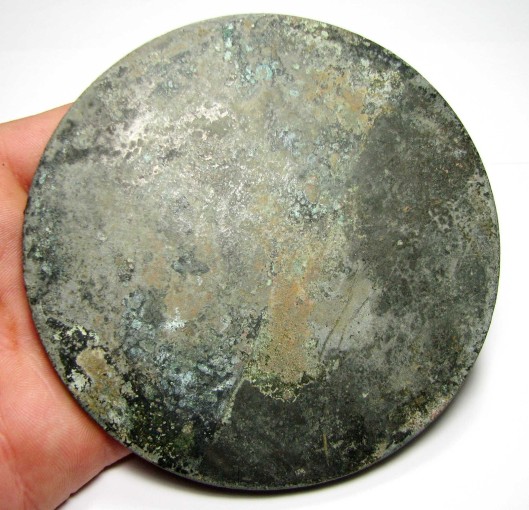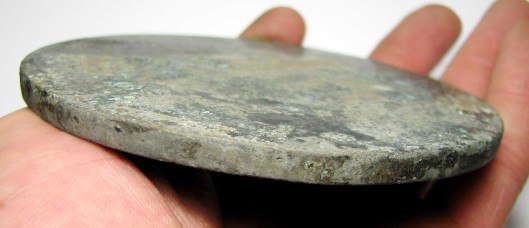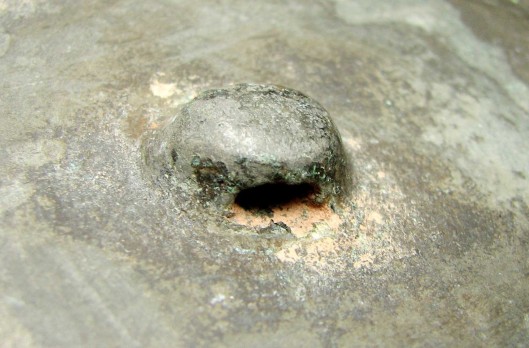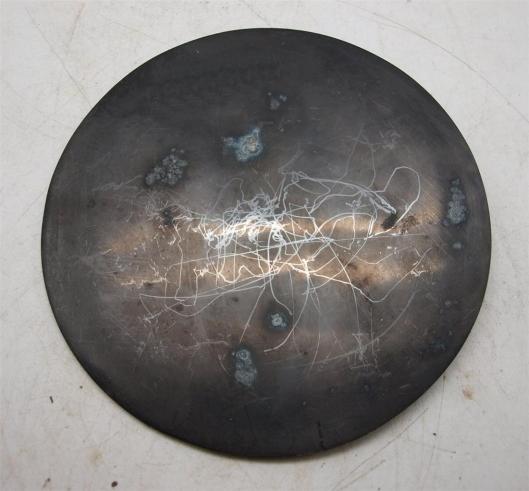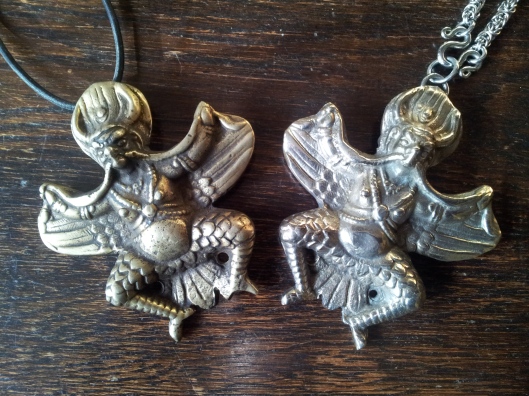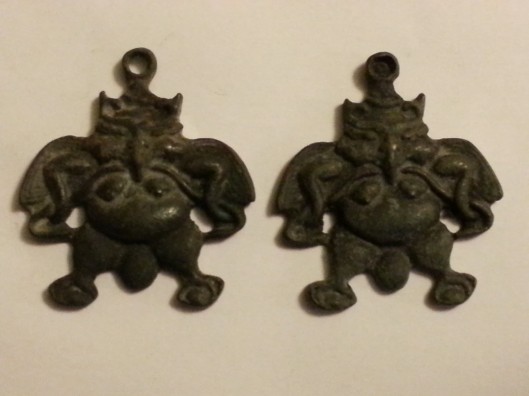Garuda has his own small Upanishad from the Atharva Veda: 🙂
Garuda Upanishad
Om ! O Devas, may we hear with our ears what is auspicious;
May we see with our eyes what is auspicious, O ye worthy of worship !
May we enjoy the term of life allotted by the Devas,
Praising them with our body and limbs steady !
May the glorious Indra bless us !
May the all-knowing Sun bless us !
May Garuda, the thunderbolt for evil, bless us !
May Brihaspati grant us well-being !
Om ! Let there be Peace in me !
Let there be Peace in my environment !
Let there be Peace in the forces that act on me !
Om! That (world) is a complete whole. This (world) too is a complete whole. From the complete whole only, the (other) complete whole rose. Even after removing the complete whole from the (other) complete whole, still the complete whole remains unaltered and undisturbed.
Om Shanti! Shanti! Shanti!
I will preach the Brahman – science. Brahman taught it to Narada, Narada to Brhatsena, Brhatsena to Indra, Indra to Bharadvaja, Bharadvaja to his puils who desired to preserve their life.
(He taught them the science) which achieves this, which achieves good, removes poison, destroys poison, overcomes poison and annihilates poison:
“Struck is the poison, annihilated is the poison, destroyed is the poison; it is struck by Intra’s thunder-bolt, Svaha! May it originate from snakes, from vipers, from scorpions, from cankers, from salamanders, from amphibious animals or from rats”.
“May you be Anantaka’s messenger, or be Anantaka himself! May you be Vasuki’s messenger, or be Vasuki himself! May you be Taksaka’s messenger, or be Taksaka himself! May you be Karkotaka’s messenger, or be Karkotaka himself! May you be Samkhapulika’s messenger, or be Samkhapulika himself! May you be Padmaka’s messenger, or be Padmaka himself! May you be Maha Padmaka’s messenger, or be Maha Padmaka himself! May you be Elapatraka’s messenger, or be Elapatraka himself! May you be Mahailapatraka’s messenger, or be Mahailapatraka himself! May you be Kalika’s messenger, or be Kalika himself! May you be Kulika’s messenger, or be Kulika himself! May you be Kambalasvatara’s messenger, or be Kambalasvatara himself!”
For twelve years snakes do not bite him who hears this great science on the new moon night. The snakes do not bite him as long as he lives who, having recited this great science on the new moon night, wears it (as an amulet).
He who teaches it to eight Brahmanas he releases (from the effects of snake bite) by merely touching with grass, with a piece of wood, with ashes. One who teaches it to a hundred Brahmanas, he releases by a mere glance. One who teaches it to a thousand Brahmanas, he releases by the mere thought – he releases it by the mere thought.
Thus spake the exalted Brahman – the exalted Brahman. This is the essence of the Garuda Upanishad.
Om! That (world) is a complete whole. This (world) too is a complete whole. From the complete whole only, the (other) complete whole rose. Even after removing the complete whole from the (other) complete whole, still the complete whole remains unaltered and undisturbed.
Om Shanti! Shanti! Shanti!
Om ! O Devas, may we hear with our ears what is auspicious;
May we see with our eyes what is auspicious, O ye worthy of worship !
May we enjoy the term of life allotted by the Devas,
Praising them with our body and limbs steady !
May the glorious Indra bless us !
May the all-knowing Sun bless us !
May Garuda, the thunderbolt for evil, bless us !
May Brihaspati grant us well-being !
Om ! Let there be Peace in me !
Let there be Peace in my environment !
Let there be Peace in the forces that act on me !
Here ends the Garuda Upanishad, as contained in the Atharva-Veda.




 Left: side view of type A Right: side view of type B
Left: side view of type A Right: side view of type B
 Afghanistan
Afghanistan

